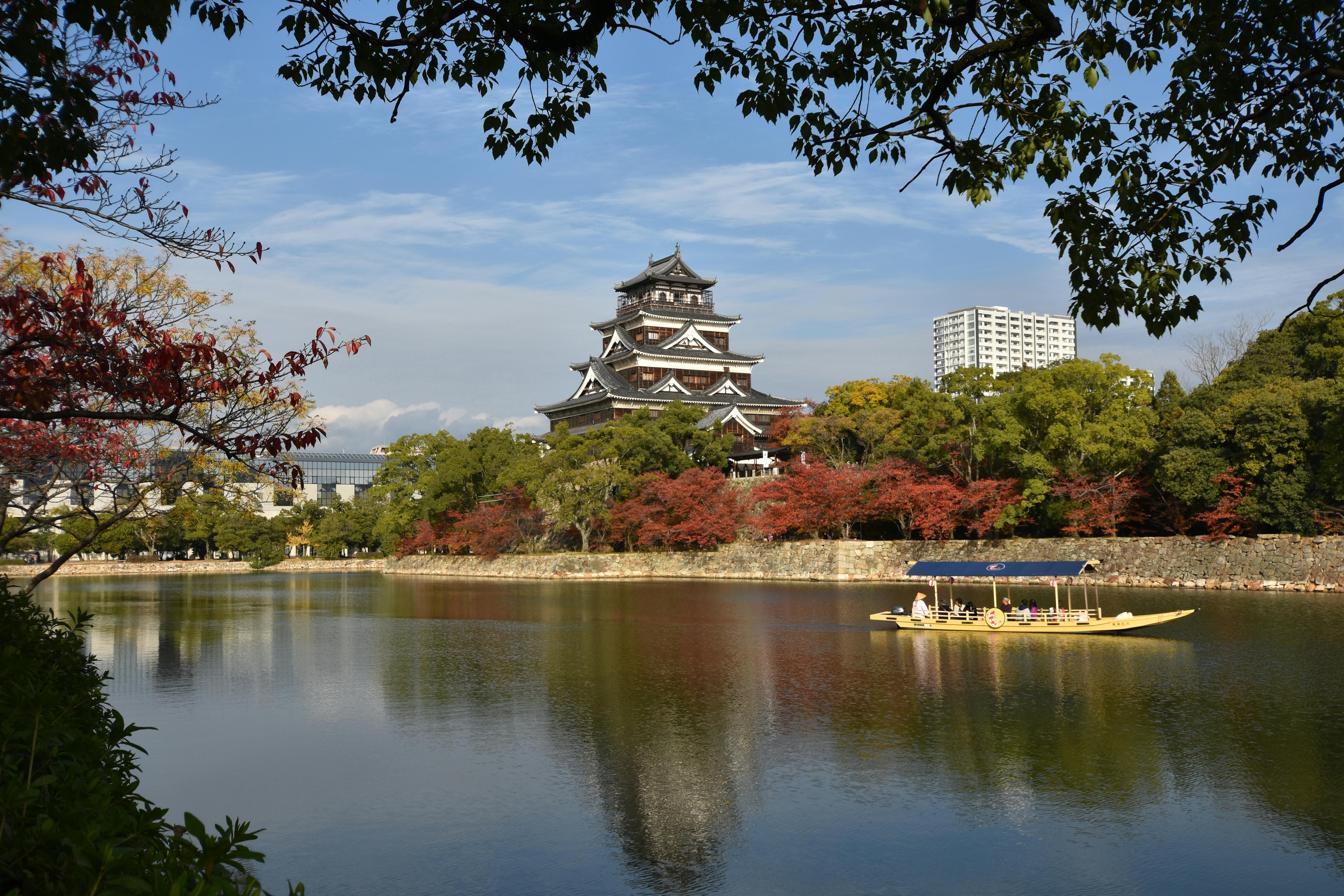Reverse osmosis water is a type of purified water that is produced from a process known as reverse osmosis. This process involves passing water through a semi-permeable membrane, which removes contaminants and dissolved particles from the water. Reverse osmosis is not the same as distillation, which uses heat to evaporate and condense water to remove impurities. However, reverse osmosis does produce a similar effect in that it can yield clean drinking water. It is often used in homes to provide safe drinking water, and is also used in industrial processes.Reverse osmosis water is water that has been filtered using a semi-permeable membrane to remove impurities and contaminants. The process works by applying pressure to a concentrated solution that forces the molecules through the membrane, leaving the impurities behind. This type of water filtration system is used to produce drinkable water from sources such as sea water or brackish water, and can also be used for industrial applications such as food and beverage processing.
Distilled Water
Distilled water is water that has been purified through a distillation process. During distillation, water is boiled into steam and then condensed back into liquid form. The condensation process removes impurities, such as salts, minerals, and other contaminants, from the water. Distilling also removes bacteria and other microorganisms from the water. Distilled water is often used for medical purposes, such as for patients who need to be on a sterile diet or for those undergoing certain medical procedures. It can also be used in industrial settings to create products such as pharmaceuticals, cosmetics, and food products. Distilled water is also popular for use in aquariums and other aquatic habitats because it does not contain any of the contaminants that can harm fish and other aquatic life.
Distilled water can be found in many grocery stores and can also be purchased online or at specialty stores. It is often used in home appliances such as humidifiers and steam irons to help reduce mineral buildup on the heating elements. Some people use distilled water when making homemade juices or smoothies to ensure that no additional minerals are added to their drinks. Additionally, distilled water is often recommended for use in car batteries because it does not contain any of the minerals found in tap water that could damage the battery over time.
Reverse Osmosis Water vs Distilled Water
Reverse osmosis water and distilled water are both filtered forms of water, but there are some distinct differences between the two. Reverse osmosis is a type of filtration process that uses a semi-permeable membrane to remove dissolved solids from water molecules. This process removes bacteria, viruses, metals, and other impurities from the water. Distilled water is created through a different process in which the liquid is boiled and the steam which is created is then cooled and condensed back into a liquid form. This process does not use any type of filter or membrane, so it does not remove as many impurities from the water as reverse osmosis does.
The main difference between reverse osmosis and distilled water is in their levels of purity. Reverse osmosis water has been filtered through a membrane, so it will contain fewer dissolved solids than distilled water. This makes it more suitable for drinking and cooking than distilled water. Distilled water has gone through a boiling process, so it will contain less bacteria than reverse osmosis water but may still contain minerals that can affect its taste.
Another difference between reverse osmosis and distilled water is their cost. Reverse osmosis systems are more expensive to install than distillation systems, but they can produce higher quality drinking water that is free from most impurities. Distillation systems require less maintenance than reverse osmosis systems, but they can be more expensive to operate due to their need for electricity and fuel for boiling the liquid.
In conclusion, both reverse osmosis and distilled water have their advantages and disadvantages depending on your needs. If you need pure drinking or cooking water then reverse osmosis may be your best option, while if you need inexpensive filtered water then distillation may be better suited for you.
Reverse Osmosis Water Purification
Reverse osmosis is a process of water purification that uses pressure to force water through a semi-permeable membrane to remove impurities. This process is effective in removing most organic compounds, heavy metals, and other contaminants from water. The result is purified water that has been stripped of any harmful substances. Reverse osmosis is an increasingly popular method of water purification because it is relatively inexpensive, easy to use, and highly effective in removing impurities from water.
Reverse osmosis works by forcing water through a semi-permeable membrane, which allows only the pure water molecules to pass through it. The impurities are trapped on the other side of the membrane and are flushed away with the wastewater. Reverse osmosis systems typically consist of a prefilter, a reverse osmosis membrane, and a postfilter for additional polishing of the purified water. The prefilter removes larger particles such as sediment or rust before they reach the reverse osmosis membrane. The reverse osmosis membrane then filters out smaller particles such as metals, chemicals, and other contaminants from the water. Finally, the postfilter removes any remaining particles that may have passed through the reverse osmosis membrane.
Reverse osmosis is an effective way to purify drinking water because it can remove many types of contaminants including bacteria, viruses, heavy metals such as lead and arsenic, chemicals such as chlorine and fluoride, and other organic compounds. Reverse osmosis systems can also reduce hardness (mineral content) in drinking water by up to 95%, making it much softer than untreated tap or well water. This makes reverse osmosis ideal for those who want soft drinking water without having to purchase expensive bottled varieties.
Overall, reverse osmosis is an efficient way to purify drinking water and remove many types of contaminants from it. It’s also relatively inexpensive compared to other methods of purification such as distillation or activated carbon filtration systems. With proper maintenance and regular filter changes, reverse osmosis systems can provide clean and safe drinking water for years to come.
The Benefits of Drinking Reverse Osmosis Water
Reverse osmosis water has become increasingly popular in recent years due to its many health benefits. Reverse osmosis is a process that removes particles, bacteria, and other contaminants from water by forcing it through a semi-permeable membrane. This process creates clean, refreshing water that is free from contaminants. The benefits of drinking reverse osmosis water are similar to those gained by drinking distilled water.
One of the main benefits of drinking reverse osmosis water is that it is free from impurities and pollutants. Since the process of reverse osmosis filters out particles, bacteria, and other contaminants from the water, it ensures that the resulting drinkable water is safe and free from potentially harmful substances. This can help to reduce the risk of developing certain illnesses related to contaminated water, such as gastrointestinal issues or skin irritation.
Another benefit of drinking reverse osmosis water is that it tastes great. Since the process removes impurities from the water, it leaves behind refreshingly clean tasting H2O that can be enjoyed without any unpleasant aftertaste or odor. Additionally, since this type of filtered water is free from contaminants such as chlorine or fluoride, it can be used in cooking and baking recipes for better flavor and texture.
Finally, drinking reverse osmosis water can help to improve overall health and wellbeing by providing the body with essential minerals and vitamins that are naturally found in tap or well-water sources but which may be removed through other filtration processes such as distillation. This ensures that you get all the beneficial compounds necessary for optimal health while still avoiding any potential pollutants or contaminants present in untreated sources of H2O.
The Benefits vs Distilled Water
While both distilled and reverse osmosis waters offer similar benefits when consumed regularly, there are some key differences between them worth noting. Distillation involves boiling off all impurities including beneficial minerals found in natural sources which can leave your body deficient in essential nutrients if not replenished elsewhere in your diet. On the other hand, reverse osmosis only filters out contaminants leaving behind beneficial minerals for optimal health without requiring additional dietary supplementation for mineral replenishment like distillation does. Additionally, since distillation involves boiling off impurities with heat energy which can affect taste quality; whereas reverse osmosis requires no heat energy so tastes better than distilled H2O right out of the tap!
In conclusion, both distilled and reverse osmosis waters offer many health benefits when consumed regularly but there are some key differences between them worth noting before making a decision on which one is best suited for you and your family’s needs!

Does Reverse Osmosis Remove Chlorine from Drinking Water?
Reverse osmosis is a process used to remove impurities from water by forcing the liquid through a semi-permeable membrane. This process is effective for removing a variety of contaminants, including chlorine. In reverse osmosis, water is forced through a membrane with small pores and then filtered through an activated carbon filter. The carbon filter traps any chlorine molecules that are present in the water.
The reverse osmosis process can remove up to 99% of the chlorine in drinking water, leaving it safe and free of any chlorine-related taste or odor. This makes it ideal for drinking water, as well as other uses such as cooking and cleaning. Reverse osmosis also removes other contaminants such as lead, iron, and sediment that could otherwise affect the taste or smell of your drinking water.
Reverse osmosis systems are relatively easy to install and maintain, making them an attractive option for many households. They require less energy than other filtration methods, such as boiling or distillation, and can be used on both city and well water sources. Additionally, they are effective at removing many types of pollutants from drinking water that may not be removed by other filtration methods.
In conclusion, reverse osmosis is an effective method for removing chlorine from drinking water. It can remove up to 99% of chlorine molecules from the liquid, leaving it free of any unpleasant tastes or odors associated with chlorine contamination. It is also relatively straightforward to install and maintain compared to other filtration methods, making it an attractive option for many households looking to improve the quality of their drinking water.
Reverse Osmosis and Bacteria and Viruses
Reverse osmosis is a process that is used to remove contaminants from drinking water, including bacteria and viruses. This process uses a semi-permeable membrane to filter out impurities. It works by forcing water through the membrane at high pressure, allowing only clean water molecules to pass through while trapping any contaminants on the other side. The result is a safe and clean drinking water supply that is free from bacteria and viruses.
Reverse osmosis is considered an effective method for removing bacteria and viruses from drinking water because it can filter out particles as small as 0.0001 microns, which is much smaller than most bacteria and viruses. This means that reverse osmosis can remove even the smallest of contaminants from your drinking water. Additionally, reverse osmosis does not use any chemical treatments or other additives, making it a safe and effective way to purify your drinking water supply.
Overall, reverse osmosis is an excellent method for removing bacteria and viruses from drinking water. It is highly effective at filtering out even the smallest of contaminants, without using any chemical treatments or additives. With proper maintenance, this process can ensure that your drinking water remains safe and free of harmful contaminants for years to come.
Reverse Osmosis as a Filtration Process
Reverse osmosis is a filtration process used to remove dissolved contaminants from water. It works by forcing water through a semipermeable membrane, which allows only certain molecules to pass through. The size of the pores in the membrane is small enough to reject most contaminants, such as suspended particles, salts, and other organic compounds. As the water passes through the membrane, it is filtered of these contaminants and what remains is a clean and safe drinking source. Reverse osmosis can also remove heavy metals, bacteria, viruses, and other microorganisms from water. The process is used in a variety of industries including food processing and medical applications. Reverse osmosis can be used for both residential and commercial applications, allowing for clean drinking water in places where it may be difficult or impossible to obtain otherwise.
In addition to being an effective filtration method, reverse osmosis has several advantages over traditional filtration methods. It requires less energy than traditional methods such as distillation or chemical treatment and produces no chemical by-products during the process. Additionally, it can be used to produce higher quality drinking water than traditional methods due to its ability to remove more contaminants from the source water. Finally, reverse osmosis systems are relatively easy to operate and maintain compared to other filtration systems.
Overall, reverse osmosis is an effective filtration process that can provide clean drinking water for both residential and commercial applications. It has several advantages over traditional filtration methods including its energy efficiency and lack of chemical by-products during use. Additionally, it can produce higher quality drinking water than traditional methods due to its ability to remove more contaminants from the source water.

Conclusion
Reverse osmosis water is an effective way to purify water and reduce contaminants. It is a more affordable and energy-efficient option than distillation, but it does not remove all contaminants like distillation does. Therefore, reverse osmosis water is not considered to be distilled, although it is still a viable option for purifying drinking and cooking water. If you are looking for the highest level of purity, you should consider distillation as your best option.
Overall, whether you choose reverse osmosis or distillation to purify your drinking and cooking water, both are excellent options that will provide clean and safe water for you to use in your home.

